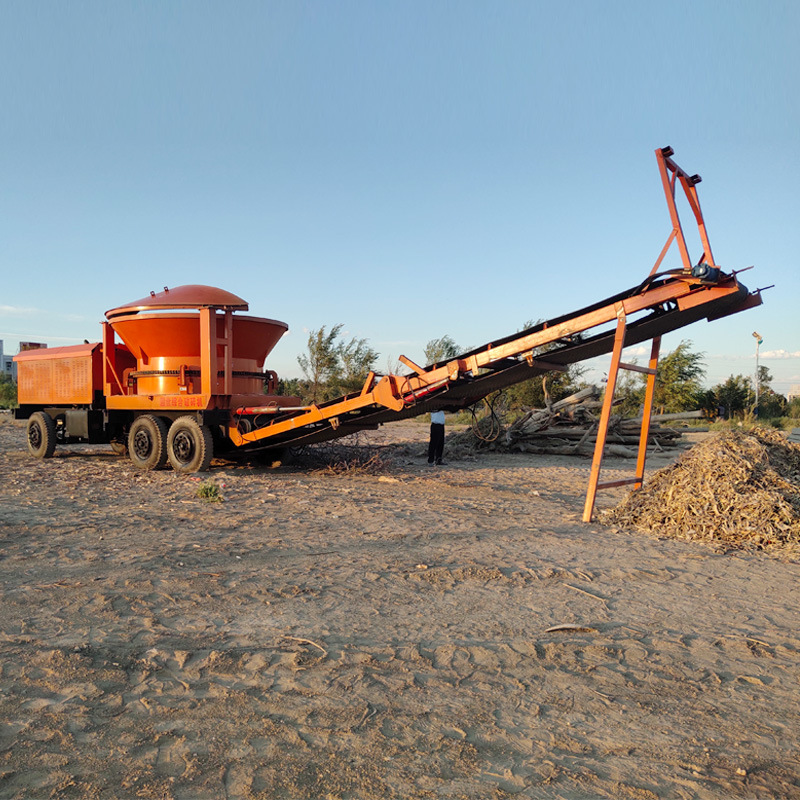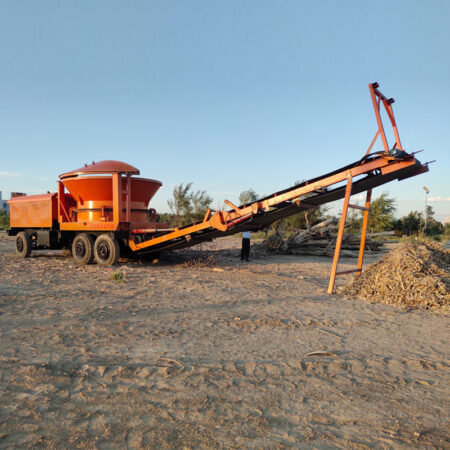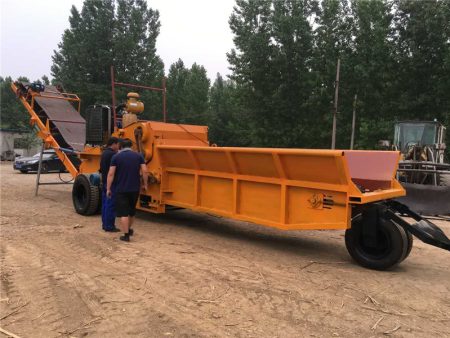Address
No. 128, Binhe Road, Gongyi City
Zhengzhou City, Henan Province, China, 451200
Contact us
Phone: (+86) 13386837400
WhatsApp/WeChat: (+86) 13386837400
Address
No. 128, Binhe Road, Gongyi City
Zhengzhou City, Henan Province, China, 451200
Contact us
Phone: (+86) 13386837400
WhatsApp/WeChat: (+86) 13386837400

Grinders are a great asset when it comes to tackling material reduction tasks. More versatile than chippers and shredders, the grinders can process a wide variety of material including debris, logs, barks, construction and demolition (C&D) materials, and green waste. Grinders process the big-sized materials fed into them and convert them to a refined after-product, which is often reusable.
Grinders are being utilized for a variety of applications including land clearing and preparation, tree removal, green waste recycling, bio-fuel generation, and wood mulching. They are available in a lot of different sizes and types to match the different needs of various applications. It is crucial to select the right grinder for maximizing output and ensuring safety on the jobsite.
The most common dilemma faced by anyone who is in the market to buy a new grinder is to decide between Tub grinders and Horizontal grinders. In this article, we will evaluate various parameters that will help you choose the right type of grinder for your needs. We will also talk about the benefits of electric grinders and how to know if they are a good fit for you.
The fundamental difference between the working of a horizontal and a tub grinder lies in the way their hammermill is fed. In a tub grinder, the material is entered from a spinning, conical top-feed tub and it relies on the force of gravity to feed the hammer mill. The horizontal grinder, on the other hands, uses a chain-based feed roller and “moving floor” to feed the hammermill.


– Long materials
Horizontal grinders deliver a superior performance if the input consists of longer materials like branches and tree trunks. Unlike a tub grinder which may require you to cut the lengthy materials in to smaller parts, horizontal grinder can directly be fed with such loads.
– Bulky and odd sized-materials
Tub grinders tend to perform better if you are dealing with bulkier materials like stumps, pallets, and root balls. The large tub infeed opening makes it easier to get the bulkier materials down to the hammermill as compared to horizontal grinders which have a narrower opening.
– Green waste
Both types of grinders do a good job when dealing with green waste. That said, other factors like safety considerations needs to be taken in to account before deciding.
Horizontal grinders with tracks are easier to move around
If you need to move around the grinder at the jobsite, then you may be better off getting a horizontal grinder. Horizontal grinders. Most tub grinder models do not have an option of tracks so it might be challenging to use them in applications, like land clearing, where you need the grinder to be maneuverable. On the other hand, tub grinders can be a good option for stationary grinding sites if it meets your other needs as well.
Horizontal grinders offer superior particle size control
As important as the incoming product is to define your equipment needs, understanding the end use of the finished material also helps. Horizontal grinder models come with more sophisticated controls which allows them to size the output material more consistently. Also, horizontal grinders can help you achieve smaller particle size which may be a more desirable output specially for landscape mulch and animal bedding.
Many stationary grinding operations are turning to electric-powered machines to manage cost of operation. Both tub grinders and electric grinders have electric models available in the market.
Before you start evaluating the electric options, use the following checklist to make sure that it would work for you operations.